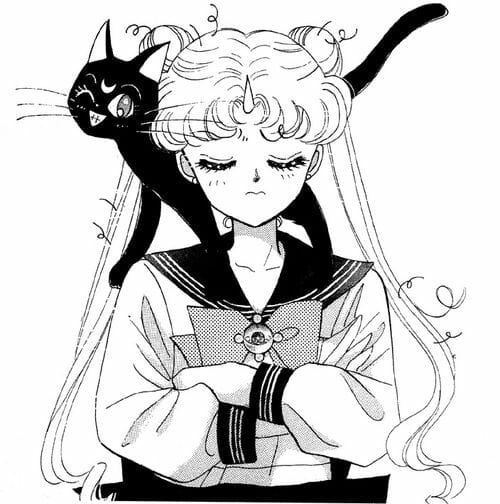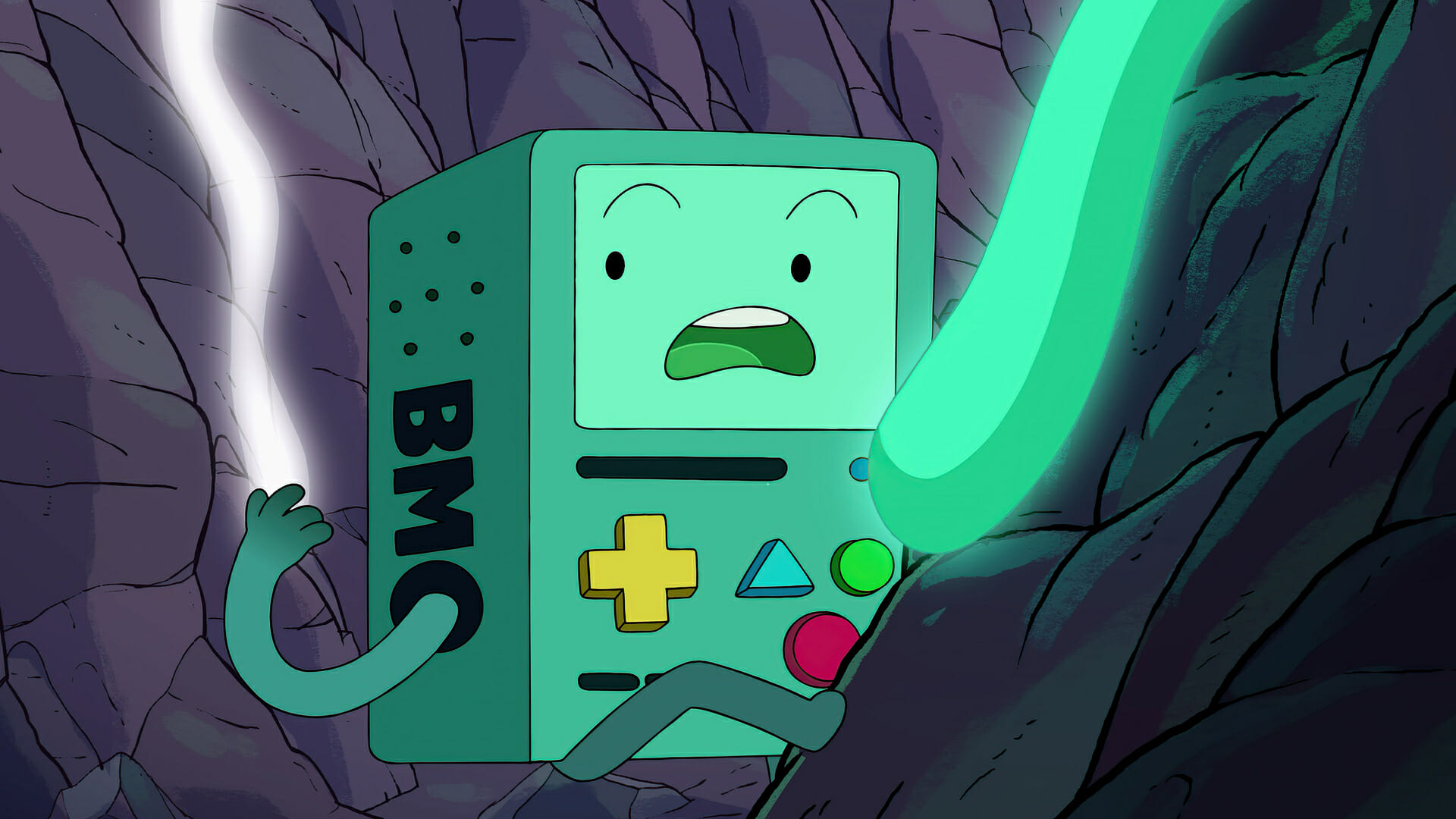
Sailor Moon | The magical girls revolution
Author
Year
Length
When Naoko Takeuchi‘s manga Pretty Guardian Sailor Moon made its debut in 1991, no one could have predicted the impact that a group of superheroines would have on popular culture. Rising in the 90s with the girl power era and tackling themes of identity and self-expression, it brought new depth to the magical girl genre. A revolutionary mix of action and love story, Sailor Moon‘s take on feminist subjects inspired a generation.
Reviving the magical girl genre
The adventures of Usagi, a 14 years old schoolgirl, begin the day she rescues a talking cat named Luna. The feline bestows upon her the power to fight the threat of the Dark Kingdom by transforming into Sailor Moon. Along with other girls, her mission will be to find the lost princess of the moon and save the world. Despite being the first popularization of magical girls in the West, the genre itself has older origins.

The mahō shōjo first appeared in the 60s, targeting an audience of very young girls. Manga such as Sally the witch and The secret of Akko respectively introduced the two main archetypes of the genre. The first is a witch that brings magic to the human world. The other is an ordinary girl that receives magical powers. Sailor Moon belongs to both categories, along with fellow 90s manga sensation Inuyasha.
In the 70s the element of friendship became the main focus, but in the 80s another big change took place. Up until then, the protagonists were young girls for an equally young public, but with manga like Creamy this audience expanded. New themes such as adulthood and romantic relationships also emerged. However, the decade that marks the boom of the genre was the 90s. All thanks to Sailor Moon, which brought together old and new aspects of the genre to an international audience.
Love, gender and censorship in Sailor Moon
Love is a central theme of the narration, typical for most shojo manga. However, this story represents an exception thanks to its action elements. Usagi is a superheroine empowered by love, who finds strength in the affection for those around her. It is a selfless kind of love, for which she is ready to fight and sacrifice. A strong female lead against the world, shared element with comics such as I Kill Giants and Troppo facile amarti in vacanza.

Sexuality is another theme that the manga does not shy away from, despite the censorship. While seldom explicit, Naoko Takeuchi includes a comprehensive portrayal of relationships and gender identities in her story, both among the heroines and their nemesis. A prime example is the love story between Sailor Uranus and Sailor Neptune, erased in western adaptations. The Sailor Starlights, another team of guardians introduced later in the story, were subject to a similar LGBTQ censorship due to their gender fluidity. Arriving on Earth to look for their princess, they disguise themselves as the boy band “Three Lights” and reveal their female identities only once transformed.
All concepts deemed unfit for a young western audience, even though normalized in the manga. Despite the early erasures, the most recent anime adaptation Sailor Moon Crystal is more faithful to the original story. And similar themes of identity and gender can now be found in recent publications like French graphic novel Peau d’homme.
Imperfect feminism
Sailor Moon represents an expression of girl power and is still regarded as such to this day, but its message could be sometime inconsistent. The fact that the transformation includes miniskirts and high heels is a controversial element in itself. While femininity as a source of power is a solid concept, it loses meaning when it becomes an excuse for sexualization. There is also the issue of Usagi being often in need of rescue from her male counterpart, Tuxedo Mask, a contradiction to the theme of female independence.
However, while all these elements are present, they do not negate the impact or the positive messages that the manga holds. Usagi has virtues and flaws, and magic doesn’t make her perfect. This imperfection makes her closer and more relatable to the audience. There are moments when she has to rely on the help of others, but by persevering she grows stronger. Independence is a goal achieved as a team, thanks to the bond with the other sailors.
All the character arcs point to embracing your flaws to work on them and become a better person. A representation of complex female characters that echoes different media, including Isabel Allende‘s novel The house of the spirits. Ultimately, it shaped the collective female imagination, just like Dragonball did to its male counterpart. Although someway immature, Sailor Moon‘s feminist message still managed to resonate among its audience, with its message of self-respect.
Tag
Buy a ☕ for Hypercritic









